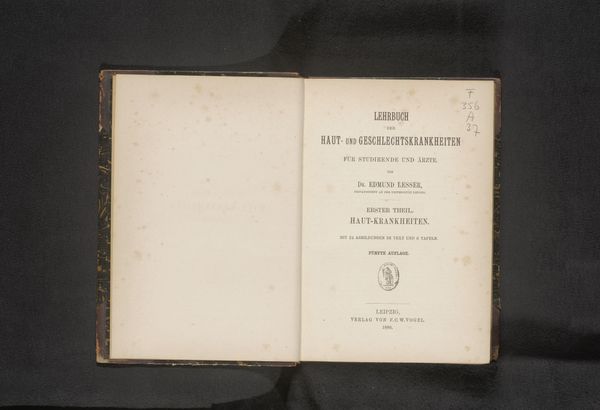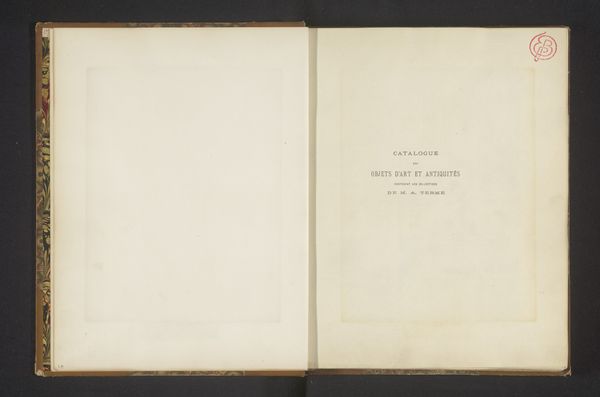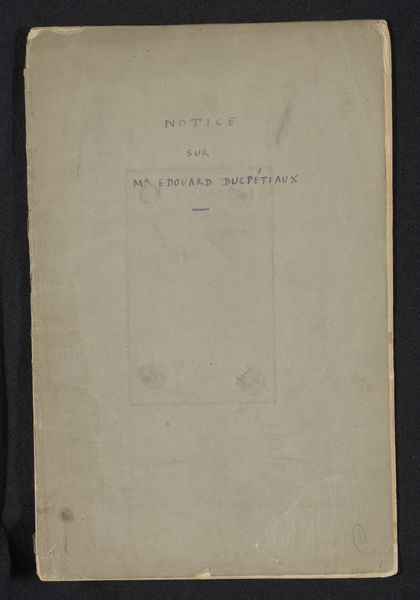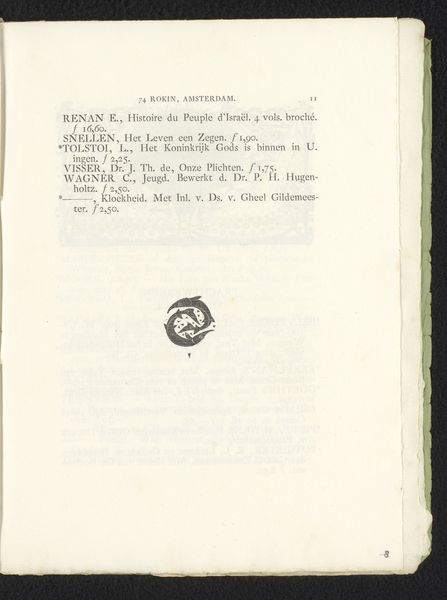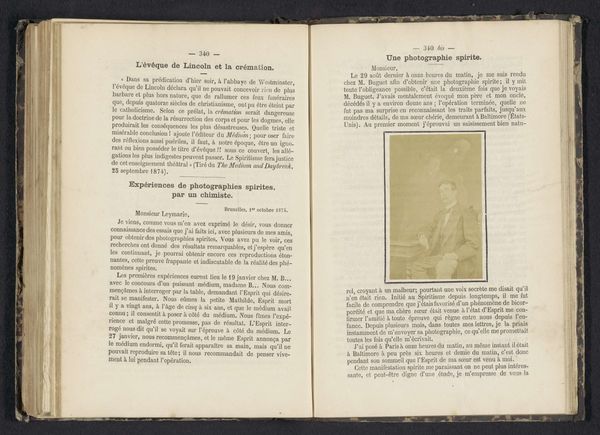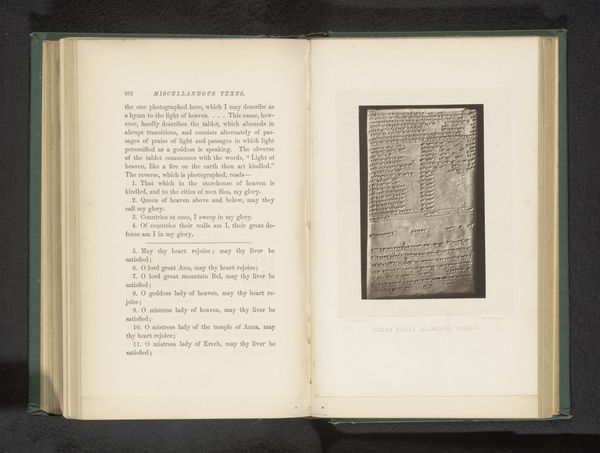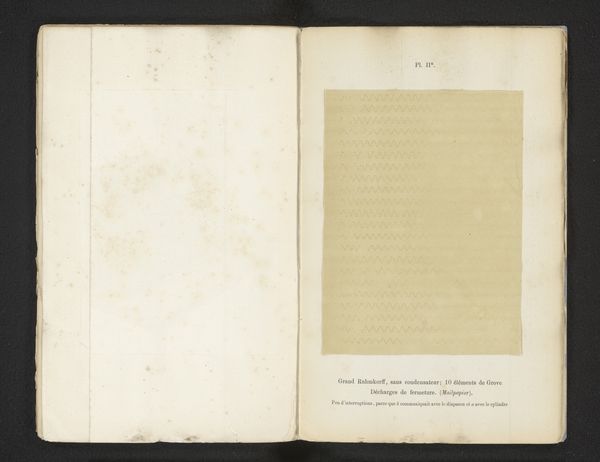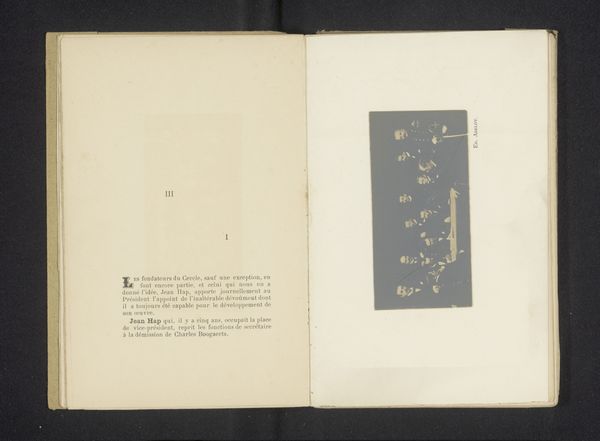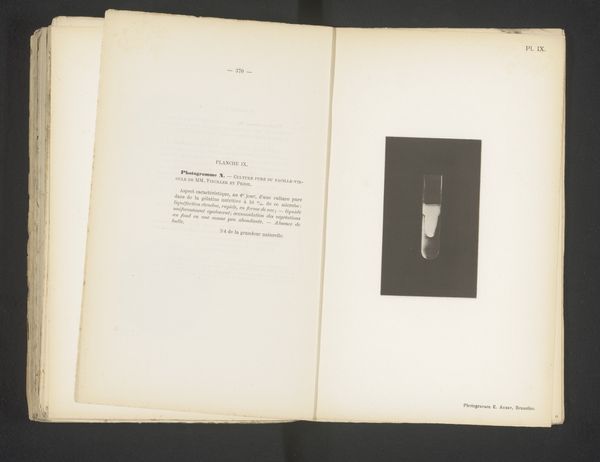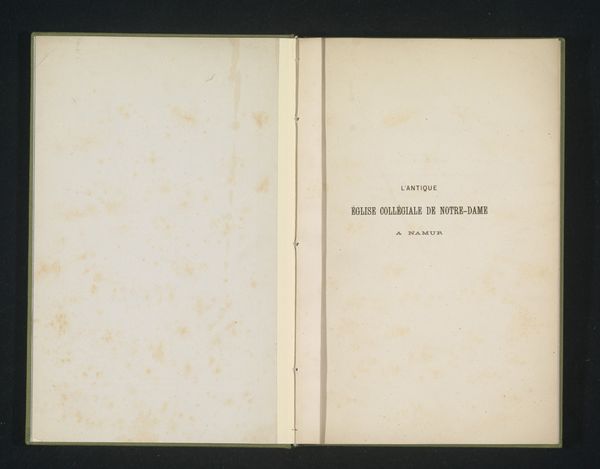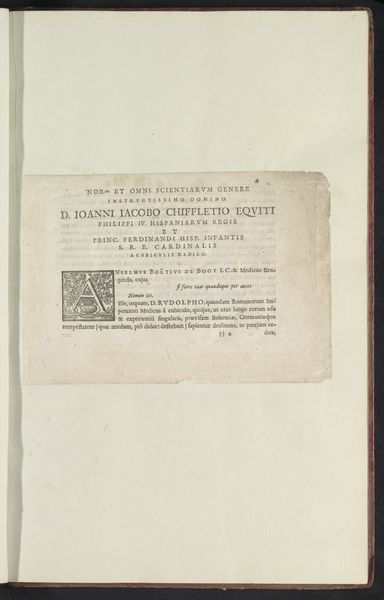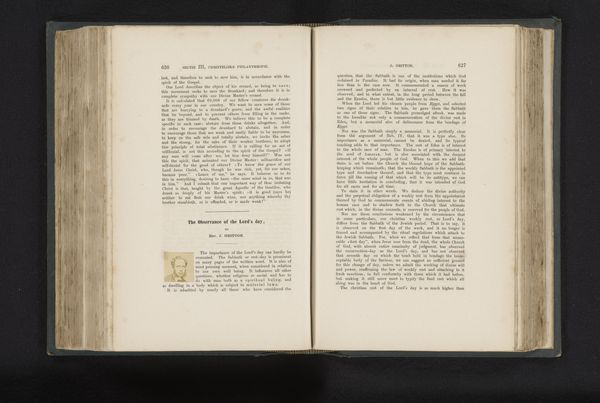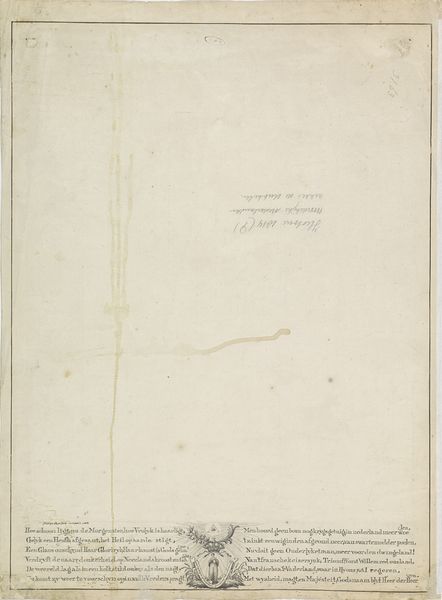
Essay on Physiognomy (Essai sur la Physiognomie Destiné à Faire Connoître l'Homme & à le faire Aimer, par Jean Gaspard Lavater, Citoyen de Zurich et Ministre du St. Evangile) 1781 - 1803
0:00
0:00
drawing, print, engraving
#
portrait
#
drawing
#
neoclacissism
# print
#
history-painting
#
engraving
Dimensions: 13 11/16 x 11 in. (34.8 x 28 cm)
Copyright: Public Domain
Curator: Welcome to the Metropolitan Museum of Art. Here we are looking at "Essay on Physiognomy" by Johann Caspar Lavater, created between 1781 and 1803. It's an engraving, a print that’s part of a larger book, examining faces and their supposed link to character. Editor: It’s strikingly austere. The fine lines and simple presentation, in almost a clinical manner, give it a kind of detached coldness, doesn’t it? Curator: That’s interesting, as Lavater was Swiss theologian, deeply interested in understanding humanity through observation. This book wasn’t just an art object; it was a study, an attempt to classify and understand people based on their facial features. The engraving allowed mass dissemination of his theories. Consider the social impact – suddenly, anyone could try to "read" others! Editor: Fascinating. I’m particularly struck by how the lines emphasize what were considered, back then, classical features. Look at the almost perfect curve of the forehead, and the deliberate angle of the jaw. These are obviously intended as markers of something more than mere appearance. What cultural baggage did the line quality bring at the time? Curator: Precisely. Lavater was deeply influenced by Neoclassicism, which prized rationality and order. The engraving as a medium lends itself well to this precise and "scientific" approach, seemingly offering an objective way to analyze the human form. The choice of engraving allowed for very fine details to be captured and replicated, important to Lavater who believed the smallest facial nuances reflected character. Editor: So, the crispness of the engraved line would have carried connotations of authority and precision then, aligning with the “scientific” goals of physiognomy. The act of creating, circulating and consuming such imagery is really a form of control—defining acceptable appearances through the very physical process of printing and distributing such images. Curator: Indeed. By carefully choosing a medium that would convey that feeling of authority, Lavater amplified the apparent veracity of his ideas. I see now, too, a darker side that touches how images are employed to support pseudo-science to devastating cultural effects. Editor: It leaves me wondering what future generations will read into the choices that affect our digital images, like resolution, filter types and screen technology! Curator: Quite a thought. Thank you for shedding light on how material processes are integral to cultural impact.
Comments
No comments
Be the first to comment and join the conversation on the ultimate creative platform.
